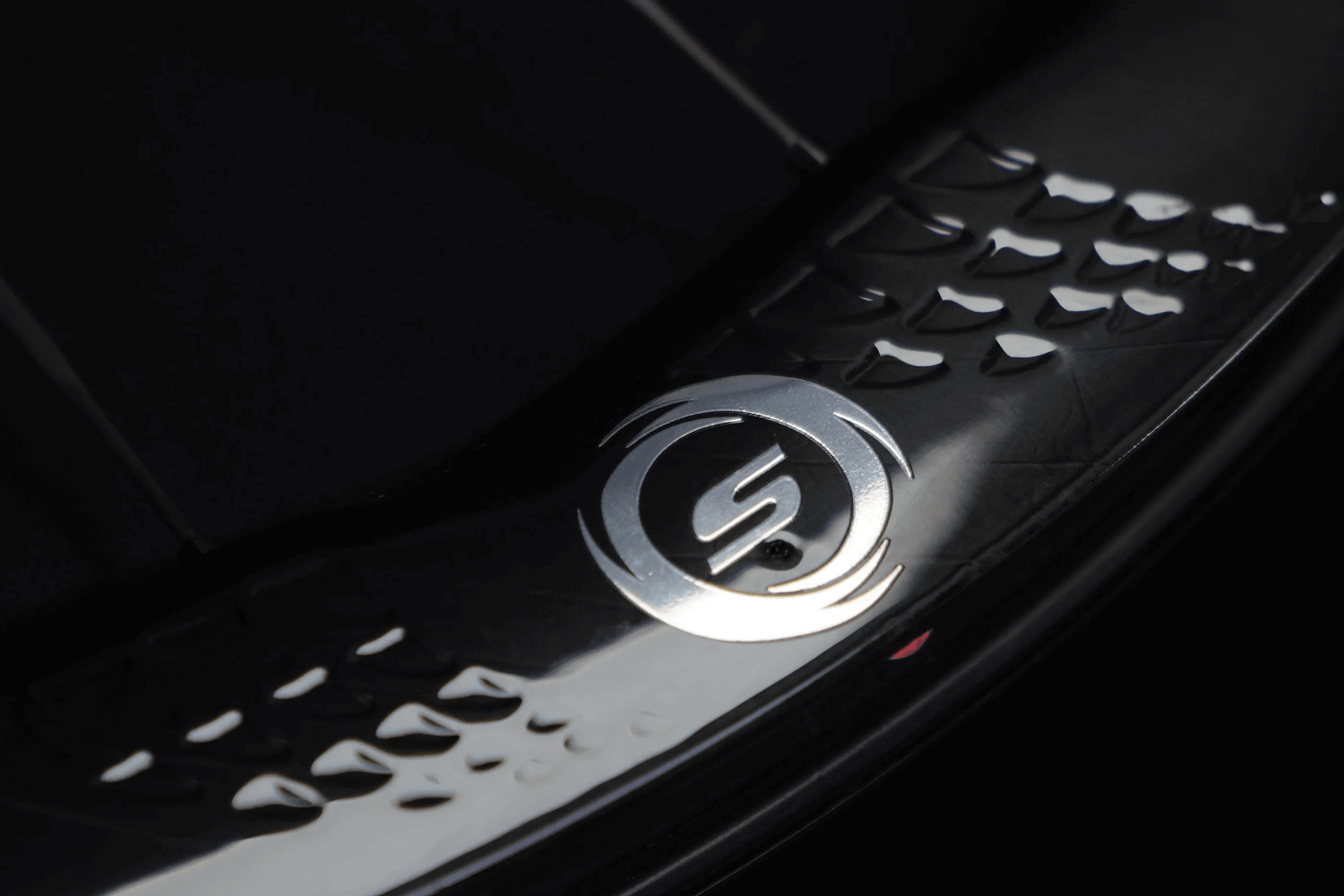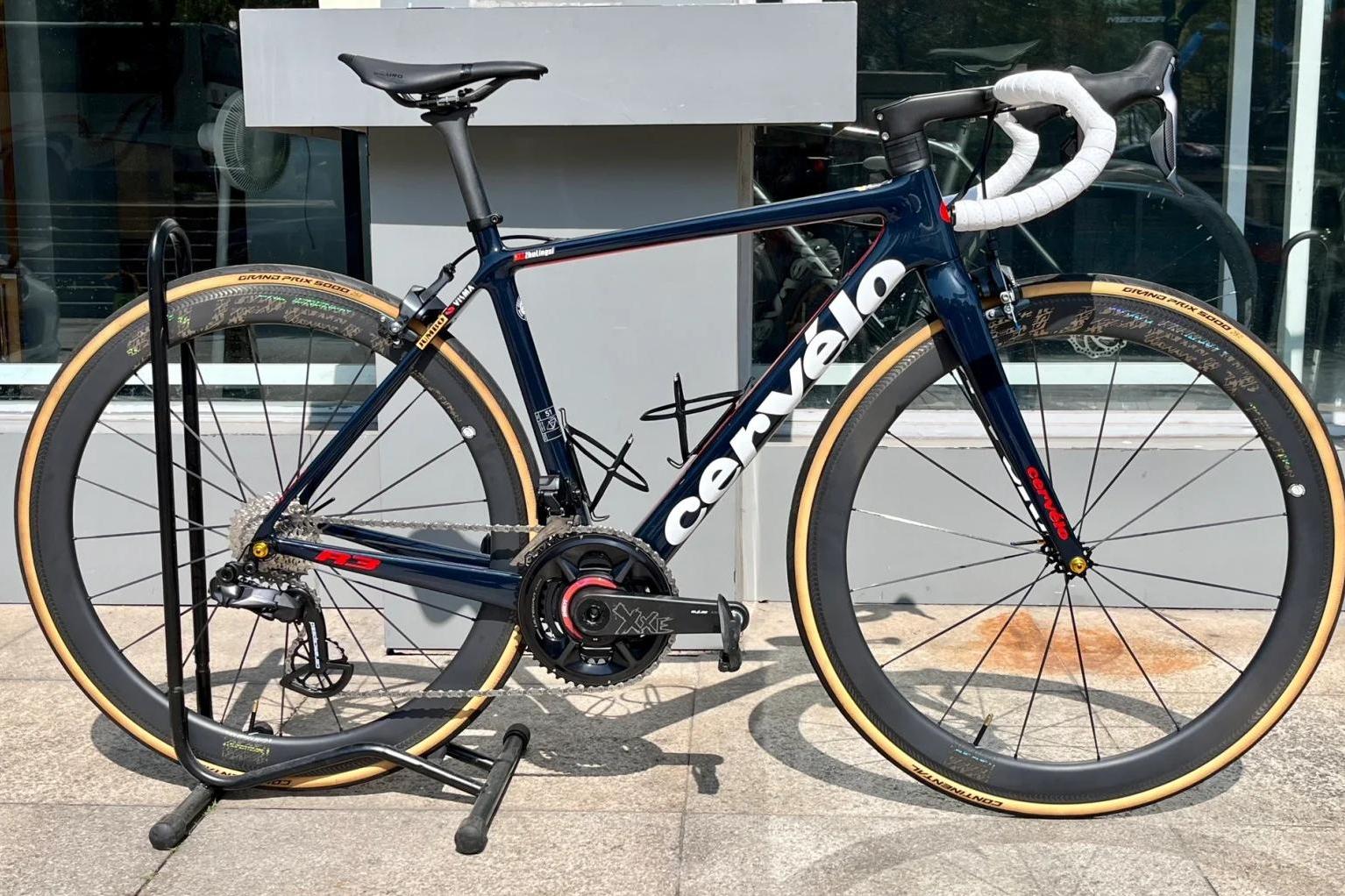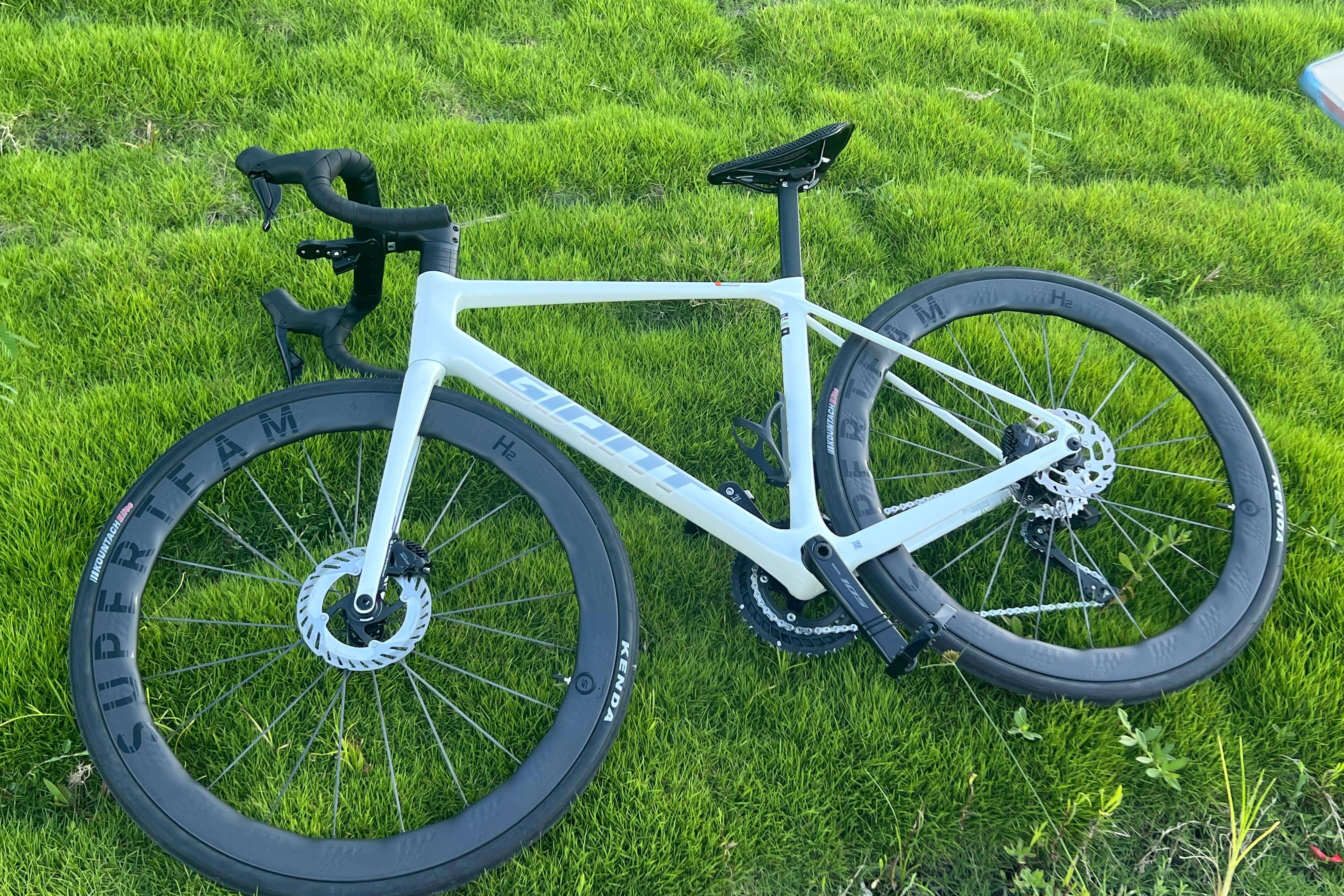Spoke nipples are the unsung heroes of wheel systems. Their material properties dictate everything from vibration damping to catastrophic failure points. This report dissects four materials with scanning electron microscopy images and fatigue test data you won't find in product catalogs.
1. Brass: The Overengineered Workhorse

Metallurgical Insights
· Zinc content (37±2%) optimizes grain boundary strength
· 0.3mm thread tolerance (vs. 0.5mm in aluminum) prevents spoke wind-up
Real-World Data
· 200+ N·m torque capacity (tested per ISO 4210-6)
· 0.003% corrosion rate in salt spray tests (1000hrs)
Installation Secrets
· Never lubricate threads (zinc oxide self-lubrication effect)
· Preheat to 80°C when building >28h wheels (prevents cold creep)
2. Aluminum: The Weight-Weenie Trap

Fatigue Test Results
· 50,000 cycles @ 90kgf → 12% threads deformed (vs. 0% in brass)
· -20°C impact toughness drops 60% (per ASTM E23)
Anodizing Risks
· 15μm coating increases the friction coefficient by 0.4
· Requires Ti-based anti-seize (copper grease causes galvanic corrosion)
3. Stainless Steel: The Dark Horse

Innovation Spotlight
· Nitrogen-strengthened 316L (yield strength 650MPa)
· Laser-cut threads reduce cost to $0.28/unit
Pro Tip
Use chrome-plated wrenches (Rockwell C60+) to prevent thread galling.
4. Titanium: When Money Meets Science

Why It Costs $15/Nipple
· 40x material cost vs. brass
· EDM machining @ $120/hour
Thermal Warning
· 10km alpine descent → 30°C tension drop (thermal expansion mismatch)
Decision Matrix

Elimination Criteria
Disc brakes? → Eliminate aluminum
25% off-road? → Eliminate non-stainless
Hybrid Solutions
o Mix brass (drive side) + aluminum (non-drive) for aero wheels
o Titanium + PEEK washers for carbon rims
Maintenance Hacks
o Ultrasonic clean brass nipples annually
o Loctite 243 for stainless in coastal areas








Leave a comment
All comments are moderated before being published.
This site is protected by hCaptcha and the hCaptcha Privacy Policy and Terms of Service apply.